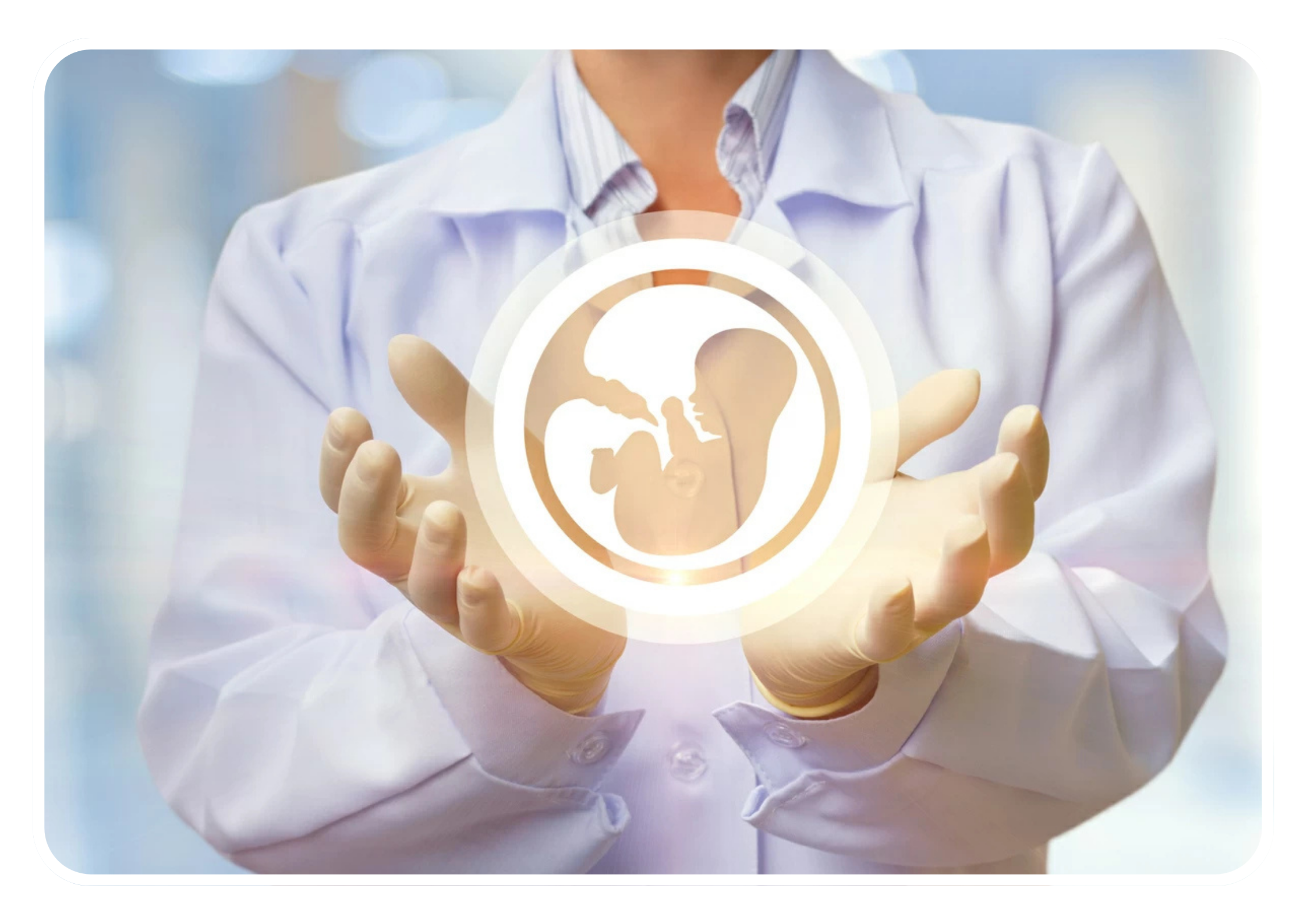Oocyte Cryopreservation (Egg Freezing)
- Process: Oocyte cryopreservation involves the retrieval, freezing, and storage of a woman's unfertilized eggs for future use.
- Procedure:
- Ovarian Stimulation: Using fertility medications to stimulate the production of multiple eggs.
- Egg Retrieval: Performed through transvaginal ultrasound-guided follicle aspiration.
- Cryopreservation: The retrieved eggs are frozen using specialized techniques and stored in liquid nitrogen until needed.
Embryo Cryopreservation
- Process: Embryo cryopreservation involves fertilizing a woman's eggs with sperm (from a partner or donor) through in vitro fertilization (IVF/ICSI), followed by the freezing and storage of the resulting embryos.
- Procedure:
- IVF: After egg retrieval and fertilization, embryos are cultured until they reach the cleavage stage (day 2-3) or blastocyst stage (day 5-6).
- Cryopreservation: The embryos are then frozen using specialized techniques for future use.
Sperm Cryopreservation
- Process: Sperm cryopreservation, or sperm banking, involves the collection, freezing, and storage of a man's sperm for future use.
- Procedure:
- Collection: Sperm can be collected through ejaculation or surgical procedures such as testicular sperm extraction (TESE) or percutaneous epididymal sperm aspiration (PESA).
- Cryopreservation: The collected sperm are frozen using specialized techniques and stored in liquid nitrogen until needed.
Ovarian Tissue Cryopreservation
- Process: This involves the removal and freezing of a portion of a woman's ovarian tissue containing immature eggs (oocytes) for future use.
- Procedure:
- Collection: Ovarian tissue is removed, typically through laparoscopic surgery.
- Cryopreservation: The tissue is frozen using specialized techniques.
- Future Use: The frozen ovarian tissue can be thawed and transplanted back into the woman's body to potentially restore ovarian function and fertility.
Hormonal Preservation
- Process: In some cases, hormonal medications such as gonadotropin-releasing hormone (GnRH) agonists may be used to temporarily suppress ovarian function and reduce the risk of premature ovarian failure during cancer treatment.
- Technique: Known as ovarian suppression, this method aims to protect the ovaries from the toxic effects of chemotherapy or radiation therapy.
Conclusion
Fertility preservation techniques offer individuals the opportunity to preserve their reproductive options and increase their chances of having biological children in the future, even after undergoing treatments or experiencing circumstances that may impact fertility. It's essential for individuals considering fertility preservation to discuss their options with healthcare providers, fertility specialists, or reproductive endocrinologists to determine the most suitable approach based on their medical history, diagnosis, age, and personal preferences.

